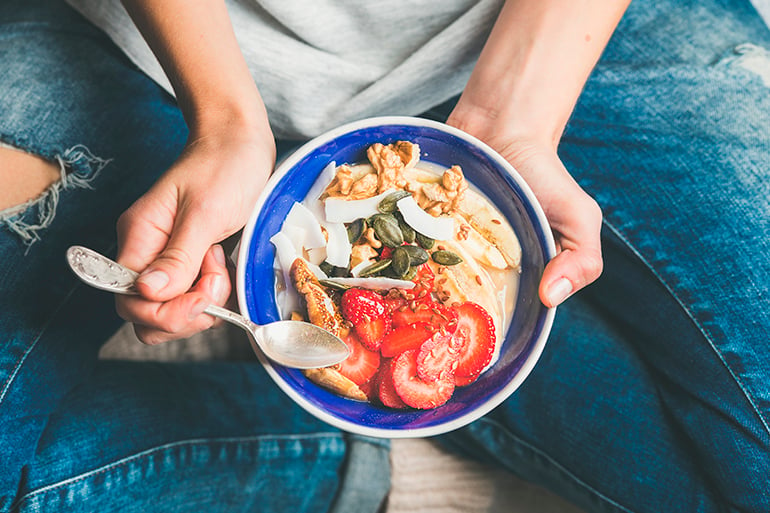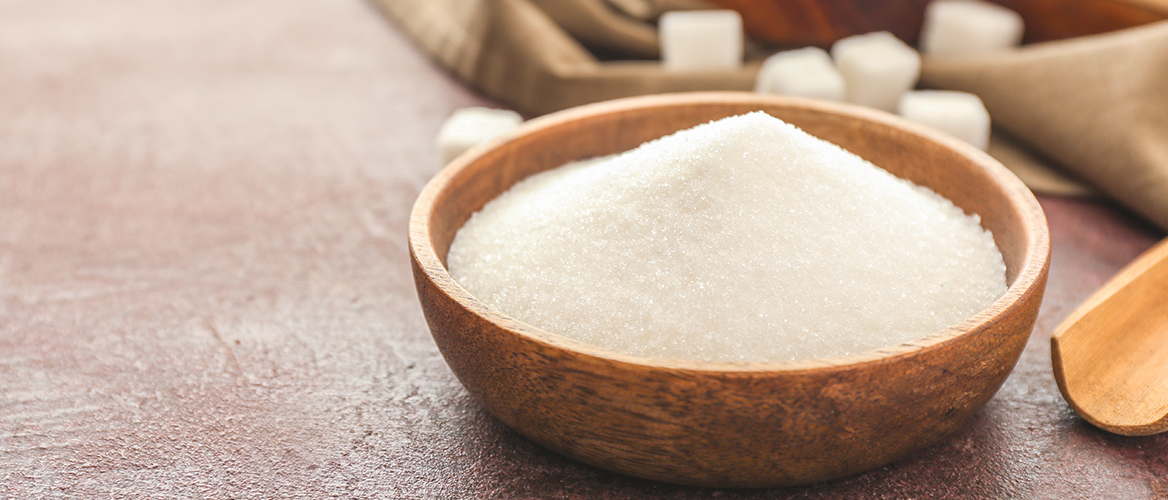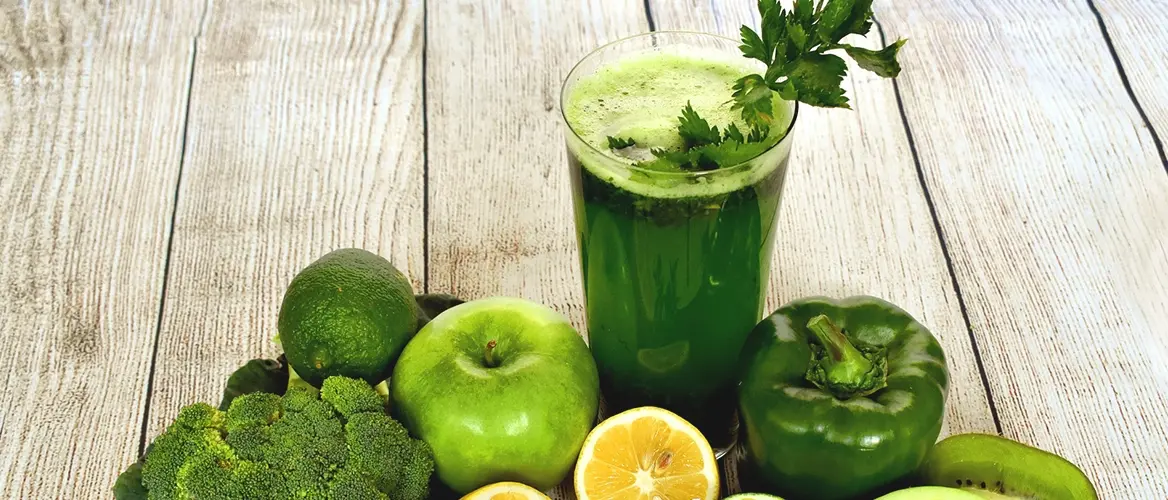March 2, 2022
May 5, 2022
Sugar is one of the most addictive substances we’re putting into our bodies. And although eating too much sugar may seem like something we warn children about so they don’t stay up past their bedtime, it actually has a lot of serious consequences for our health.
It is a contributor to diseases like type 2 diabetes and gum disease, and can affect everything from our waistline to our mental health. So there are a lot of benefits of a low sugar diet. If you want to learn how to reduce your sugar intake, read the 6 easy tips below.

1. Be aware of foods containing hidden sugar
Candy, cookies, ice cream, chocolate…these are the foods you typically associate with sugar. And yes, it’s true, these all contain high amounts of sugar. But there are other foods that seem to be truly healthy or savory that also contain excessive amounts of sugar, added sugar, or artificial sugars that could be contributing to elevated levels of the sweet, white stuff in your diet:
- Bread
- Drinks like specialty coffee, sweetened teas, fruit juices, flavored milks, and sports drinks
- White flour, white pasta, and white rice
- Cereal and granola
- Yogurt
- Canned soup
- Canned fruit and beans
- Condiments like ketchup, barbecue sauce, salad dressing, and pasta sauce
- “Light” or “low-fat” versions of a product
Discover the NHS list of the top sources of added sugar in our diets.
2. Read product labels before you buy
Sugar has many different names that don’t even mention the word “sugar” explicitly. In fact, there are dozens of names for sugar used on food labels, and scouring the nutrition labels for these words before you buy a product can help you avoid unhealthy purchases. The most common alternate names for sugar include:
- Corn syrup or high fructose corn syrup
- Evaporated cane juice
- Barley malt
- Maple, agave, or rice syrup
- Apple or grape juice concentrate
- Ingredients ending in “-ose”, such as glucose or sucrose
3. Avoid simple carbohydrates and artificial sweeteners
Simple carbohydrates can be found in foods such as white flour, white pasta, and white rice. While simple carbs occur naturally in some foods, they are often added in to foods. Unlike nutritious complex carbohydrates (which are high in fiber and are digested slowly), our bodies quickly break down simple carbohydrates into sugar, which can cause high blood sugar levels.
Another area where you should exercise caution is with artificial sweeteners. These tend to be sweeter than sugar, but contain fewer calories or none at all. They can trick the body into thinking it is consuming real sugar, causing your body to start the craving or withdrawal process. Artificial sweeteners are extremely prevalent in the diet industry in products that are labeled as “low sugar”, “low calorie”, or “diet”.
Artificial sweeteners include:
- Equal
- Splenda
- Stevia
- Sweet n Low
- NutraSweet
- Truvia
4. Swap sugar for healthier options
One easy way to cut down on your sugar intake is to replace the sugary foods you’re eating for healthier alternatives. Nutritionists say “whole foods” are best, meaning foods that are not processed or minimally processed.
A great place to search for these types of items is at your local farmer’s market (some supermarkets have a “market” section, or some whole foods can be found in the “organic” section). Anything that comes straight from the farm is your best bet for avoiding processed foods.
Healthy whole foods include:
- Fruits and vegetables
- Lean meats, poultry, and fish
- Tofu
- Whole unprocessed grains
- Legumes
- Nuts and seeds
5. Drink water!
A lot of times when we think our body is hungry, we’re actually thirsty! According to registered dietitian Sioned Quirke, “the same part of your brain is responsible for interpreting hunger and thirst signals”. If you find yourself snacking on a lot of sugary foods throughout the day, try figuring out if you are actually hungry (you feel weak, irritable, and your stomach growls), or you may just be thirsty. Make sure to reach for a bottle of water instead of juice or soda (both of these options contain tons of sugar.)

6. Do a sugar-free challenge
Have you heard of challenges like “meat free Monday”, “dry January”, or the “7-day no junk food challenge”? These aren’t harmful fad diets, but proactive and mindful ways to take a hard look at what you’re putting into your body. You could start a sugar-free challenge for yourself where you pick one day a week, or one meal a day, where you don’t consume sugar. Cutting sugar out of your diet gradually, rather than all at once, is one good way to reduce the cravings and allow yourself time to adjust to the changes.
Other tips include getting your friends to do the challenge with you, so that you all support each other on your sugar-free journey. And getting your family onboard means you’ll all be able to eat the same foods, so meal preparation will be a whole lot easier. Plus, it can be fun to learn about new meals ideas and recipes. You might end up discovering your new favorite food!
With these 6 simple steps, you’ll be on your way to eating less sugar in your daily life. Take it one day at a time, and don’t worry if you have one day (or more, let’s be honest) where you break down and eat a lot of sweets. Recognize that it’s a learning process and your body needs time to adapt! Each passing day, it will become easier and easier, you will see. Good luck on your sugar-free journey!
By the way, have you heard the Mediterranean Diet is one of the world's healthiest? Take a look at the guide below to see if some of these meals could fit into your new sugar-free diet:
|
If you are searching for health insurance in Spain, Caser Expat Insurance has the right policy for you! |
.png?width=344&height=67&name=logo_caser%20(2).png)









Let Us Know What You Thought about this Post.
Put your Comment Below.